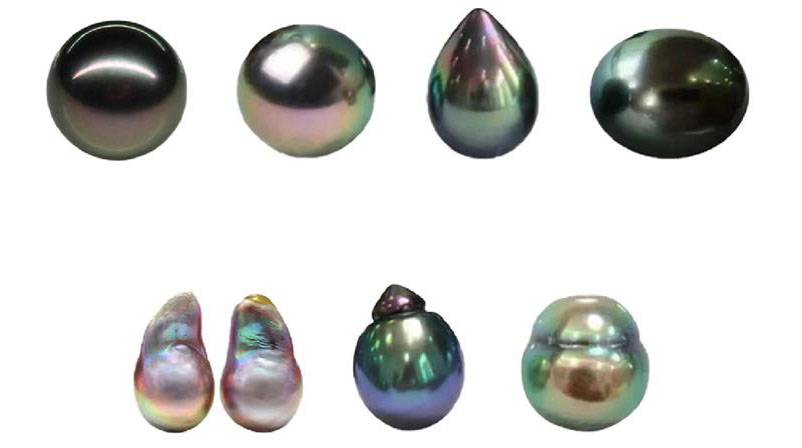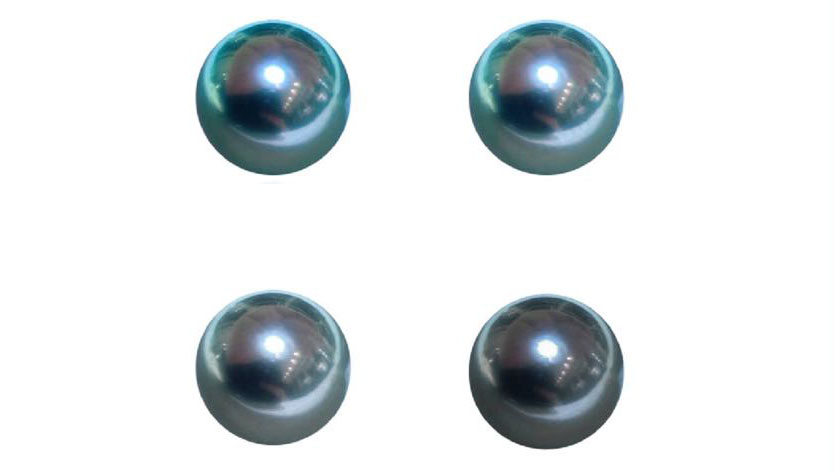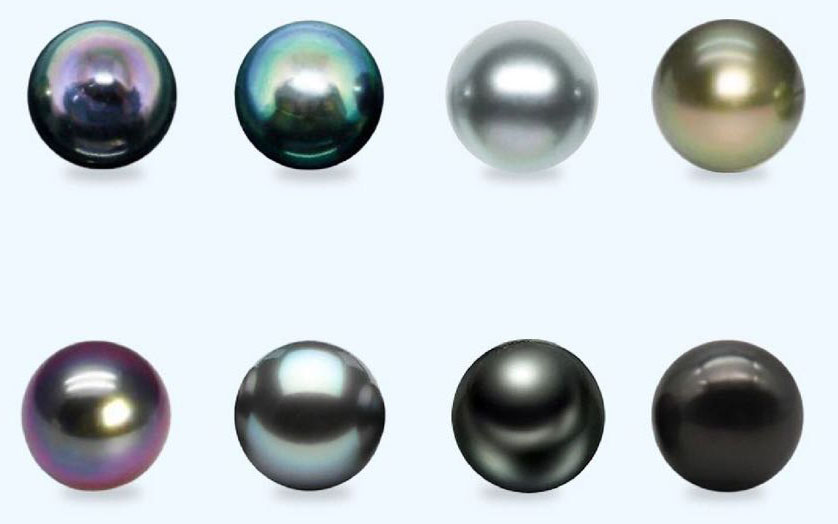Discovering Tahitian Black Pearls: A Comprehensive Guide with Striking Visuals

Black pearls have always been a favorite among many pearl enthusiasts, with their colorful and mysterious appeal capturing the attention of many.
Today, this comprehensive note explains Tahitian black pearls, a must-read and bookmark!
Origin
Tahitian black pearls are produced in the Tahitian archipelago of French Polynesia, with 95% of the world's black pearls originating from this region.
Shapes

Tahitian black pearls come in various shapes, including round, near-round, oval, teardrop, baroque, and more.
Generally, the closer a pearl is to being perfectly round, the higher its price under similar conditions.
Flaws

Pearls are natural organic gemstones, and during the growth process within the mollusk's shell, some minor flaws may occur.
Tahitian black pearls' surface flaws can be classified into four categories:
Almost flawless: Barely visible to the naked eye.
Slightly flawed: 2-3 small flaws visible to the naked eye.
Few flaws: 2-3 large flaws visible to the naked eye.
Many flaws: 3 or more large flaws visible to the naked eye.
Luster

Luster is the most crucial factor determining pearl quality.
Other factors being equal, pearls with better luster command higher prices.
Tahitian black pearls exhibit a range of luster from soft to sharp.
The fewer flaws a pearl has, the better its luster, and the stronger its mirror-like effect will be.
Colors

Tahitian black pearls come in rich and vibrant colors.
The Gemological Institute of GIA has assigned different commercial names to Tahitian pearls based on their body colors and overtone hues.
Peacock/Peacock Green
Platinum Gray
Morandi
Pistachio
Lagoon
Starla
Lavender
Colourful Seasons


Leave a Comment